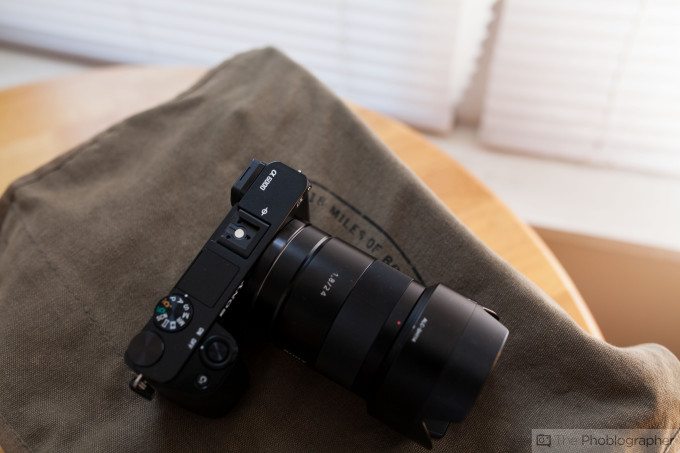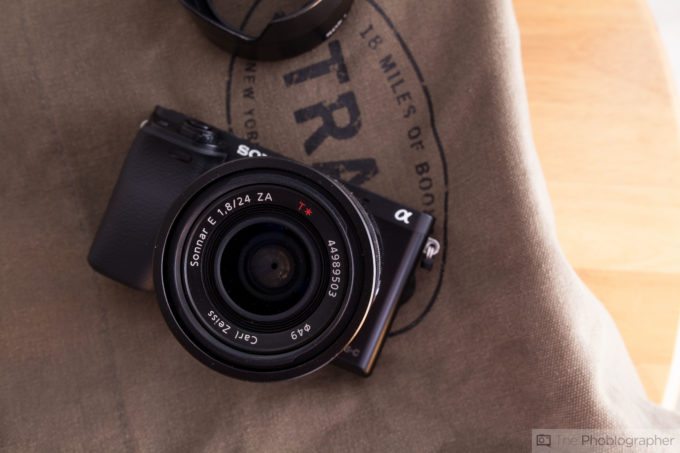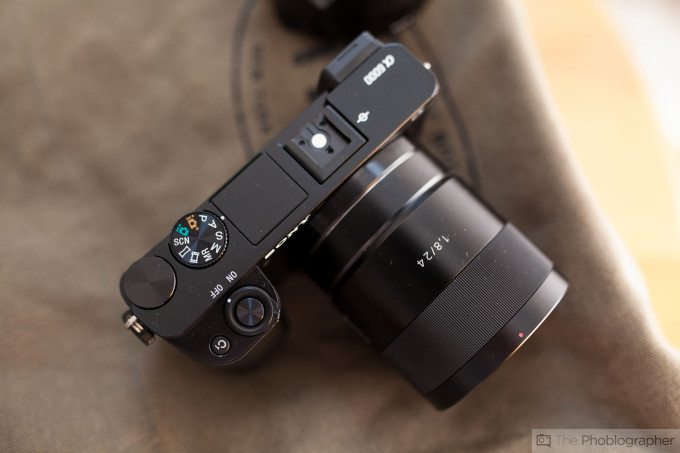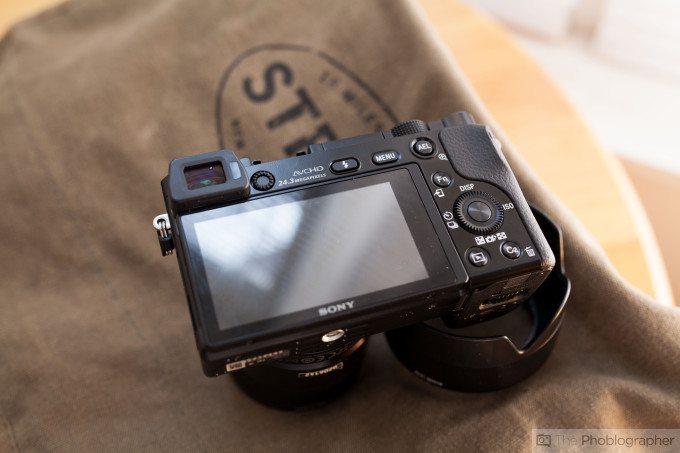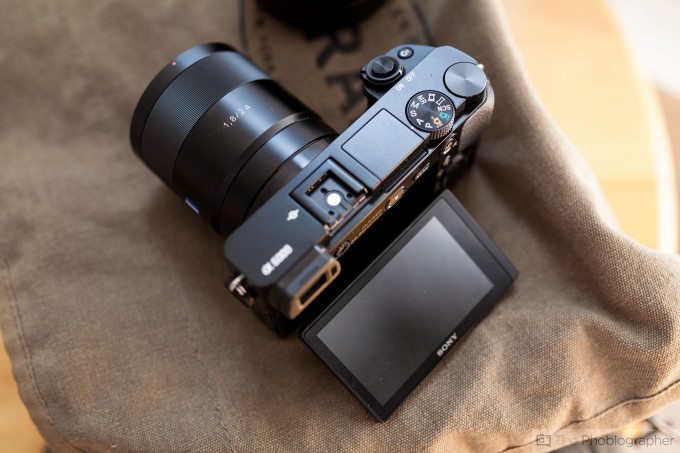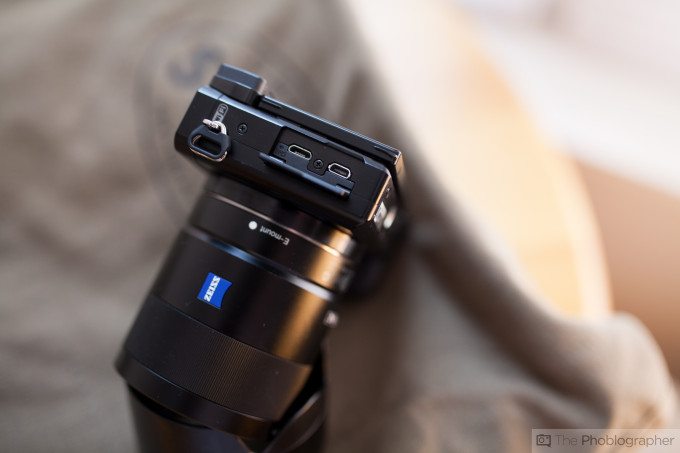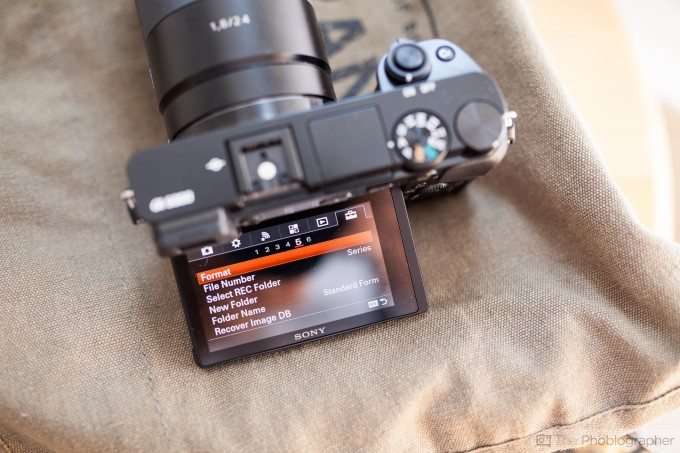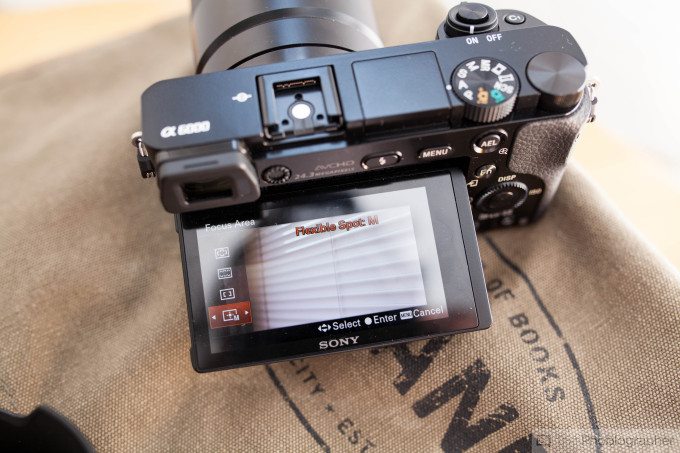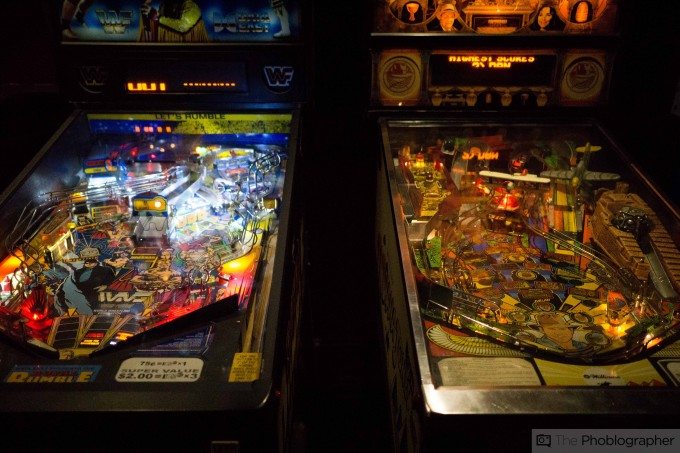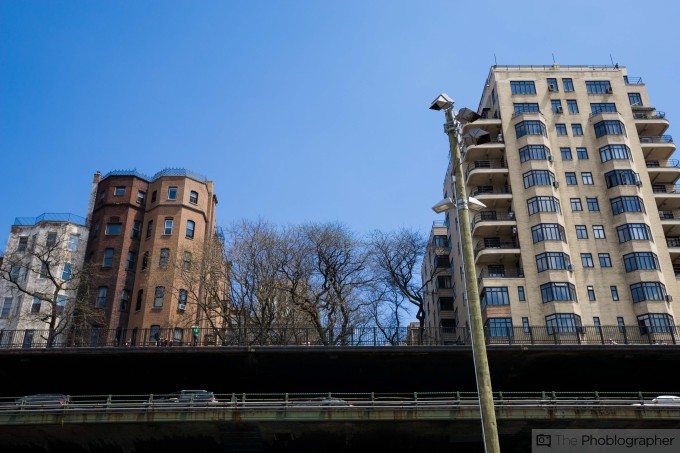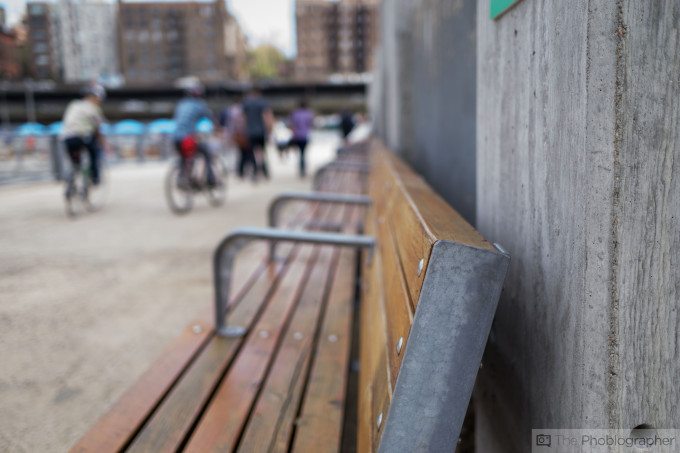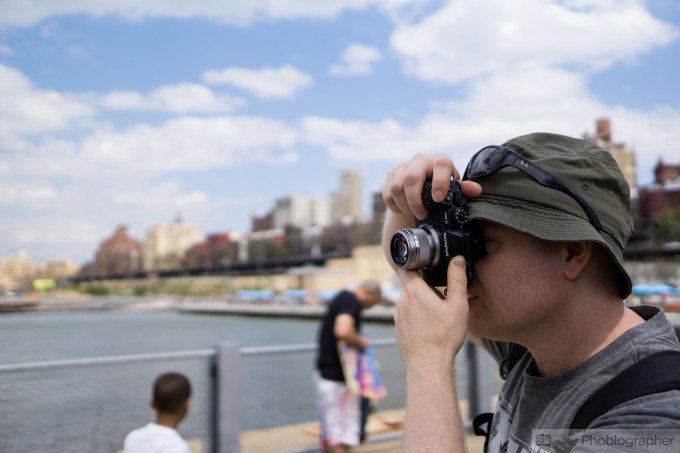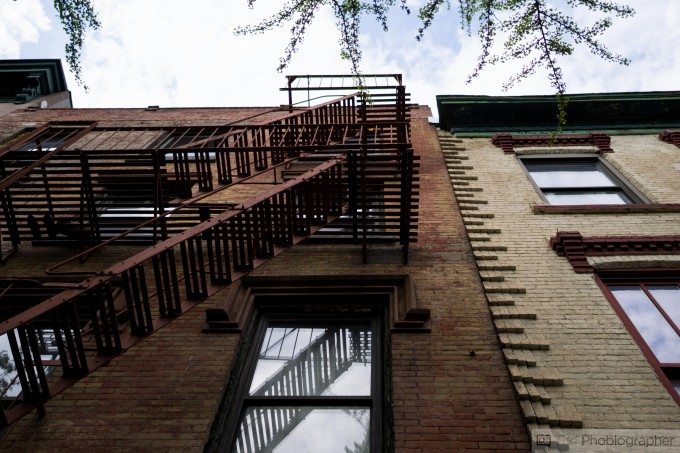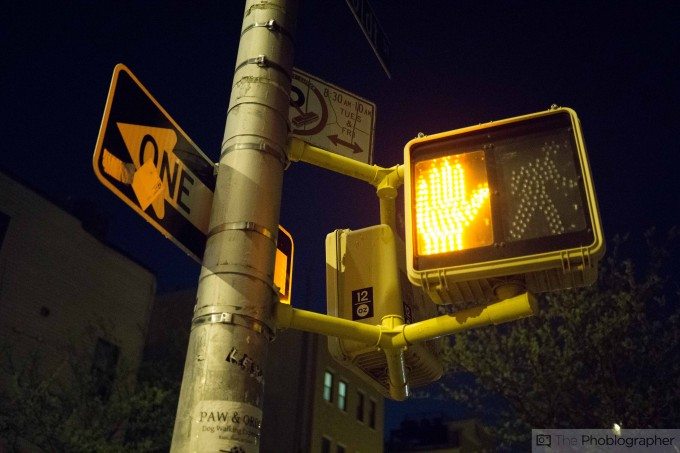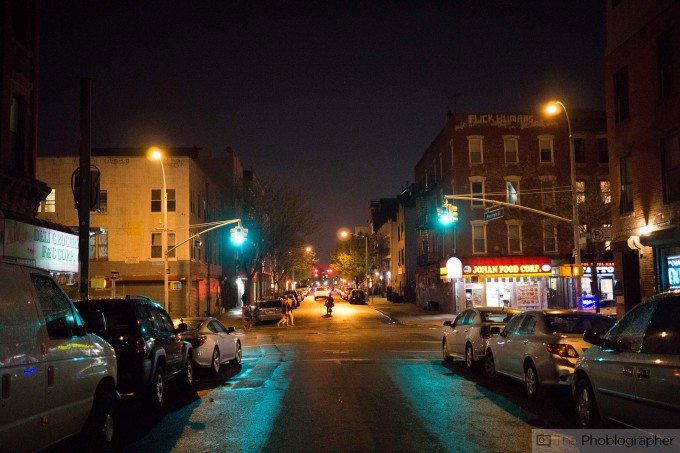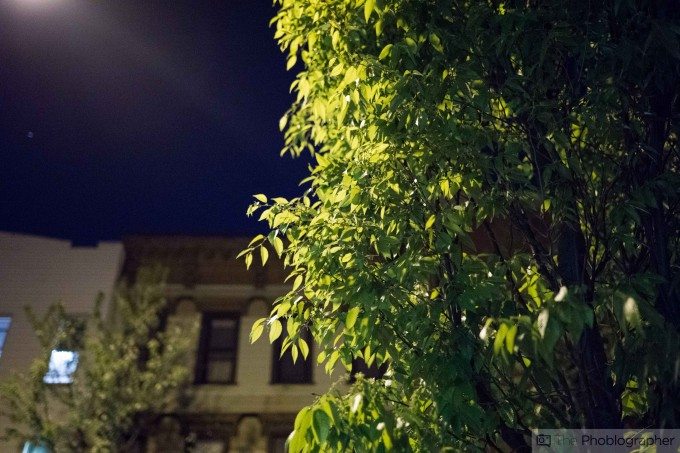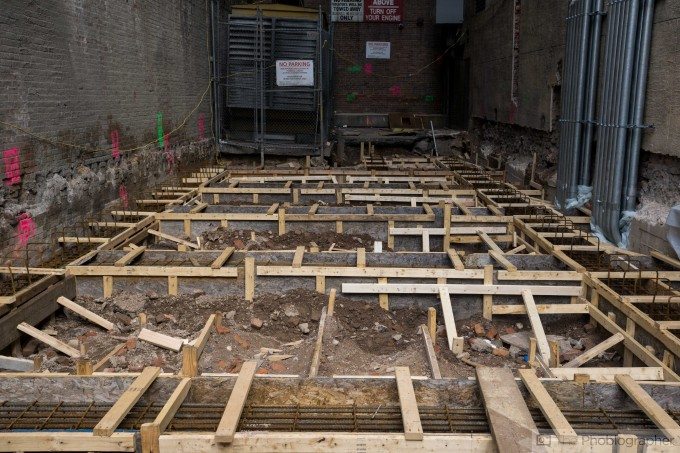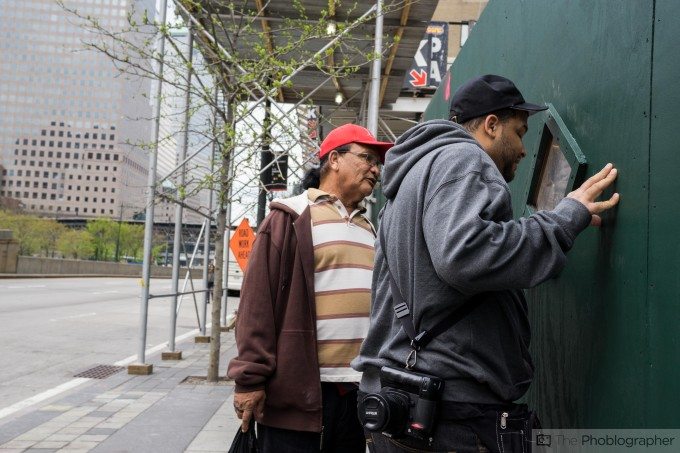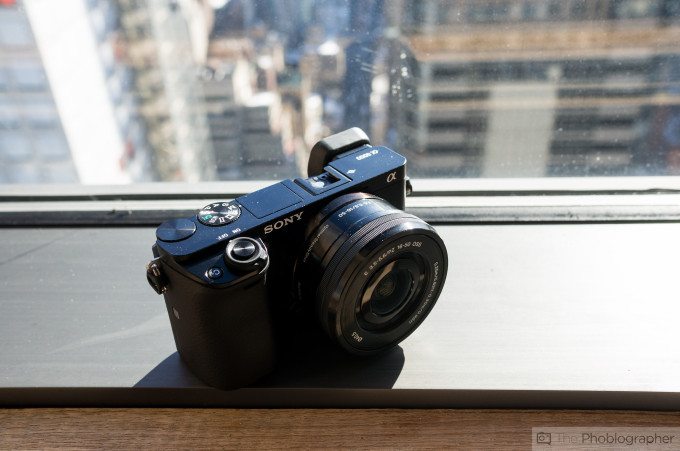When Sony first announced the A6000 camera, we were quite impressed at the autofocusing system that they boasted about. With 179 phase detection autofocus points, they sure do have a lot to live up to. Not only this, but the camera succeeds their excellent NEX 6. To add even more to that fact, the last time Sony put out a 24MP APS-C sensor in a camera, the world wasn’t too thrilled.
But it has been a couple of years now and Sony has had time to rethink their sensors and have made some dramatic improvements overall.
The new A6000 houses 24.3 MP APS-C Sensor beast of a sensor with a shutter that is capable of firing 11 fps. You’ll need that if you want to track subjects moving through its 179 phase detection points. To make it even easier to do, the company put a 1.4K dot EVF on the camera.
But is it enough to tempt you?
Pros and Cons
Pros
– Excellent autofocus that is very intelligent but still isn’t as fast as Micro Four Thirds cameras. In some ways it is the greatest autofocusing system that we’ve seen
– Great image quality
– Very useable high ISO output at 6400
– Great feeling in the hand
– Excellent EVF
Cons
– Really wish that there was a thumb stick for quick AF point selection
– Tracking a subject as it moved back and forth requires you to stop down to at least f4 to get it in focus.
Gear Used
We tested the Sony A6000 with the Sony Zeiss 24mm f1.8 lens.
Tech Specs
Taken from the B&H Photo listing of the camera.
- 24.3MP APS-C Exmor APS HD CMOS Sensor
- BIONZ X Image Processor
- Tru-Finder 0.39″ 1,440k-Dot OLED EVF
- 3.0″ 921k-Dot Xtra Fine Tilting LCD
- Full HD 1080i/p AVCHD Video at 24/60 fps
- Built-In Wi-Fi Connectivity with NFC
- Fast Hybrid AF & 179 Phase-Detect Points
- Up to 11 fps Shooting and ISO 25600
- Multi-Interface Shoe and Built-In Flash
- Auto Object Framing and Multi Frame NR
Ergonomics
The Sony A6000 is a beast of a camera in an itty bitty body. If Dirty Harry wanted to carry a camera around, this is what it would be. With all of this said though, the camera has a very minimal look when you take a glance at the front. The only thing that you can see here in terms of controls is the lens release button. And in this case, the 24mm f1.8 lens is blocking it.
Take a gander at the top though and you’ll see that there are a bit more controls than what the NEX 6 had. Here you’ll find a mode dial, the shutter release, on/off switch, a custom function button, an exposure dial, pop-up flash, hot shoe, and the EVF. It is more minimal than the NEX 7 was, but is less minimal than the NEX 6–which had the exposure dial around the mode dial.
Once you look at the back of the camera then you’ll see a load of buttons to be pressed. In your initial time spent with this camera, you’ll be a bit intimidated but once you get the hang of it you’ll realize that it is a very simple camera to use–or at least as simple as they could make it. You’ll find menu buttons, display buttons, exposure dials, custom functions and lots more back here around the giant screen.
What we find weird is the way that the diopter works. The diopter button is on the side of the EVF, and it sometimes a bit tough to turn. If this was intention from Sony, then they did a good job.
As with most Sony cameras, the screen can tilt upward and downward. This is great for use in concerts and tough to shoot angles. In fact, we really like it when shooting from the hip.
The Sony A6000 has two ports: one being a USB port and the other being mini HDMI out. The USB port is the same as standard Android phones, and android phone users can charge their camera with no problems this way.
Build Quality
Sony’s A6000 is built pretty solid overall. It feels great in the hand and there are lots of buttons where you need them for the most part. However, the A6000 doesn’t have weather sealing at all–which I personally really don’t understand. For what it’s worth, we’ve shot with it in the rain during NYC’s spring storms and didn’t have much of a problem with functionality. With that said though, we wouldn’t recommend that everyone goes out and does that.
Ease of Use
Folks that are brand new to the Sony system may have a bit of a tough time navigating the menu system–but only a tad more difficult of a time than you would with the new Canon offerings. Sony’s menu system is a bit like Canon and Olympus’s together. Once you hardwire the most important variables to specific buttons, you won’t have much of a problem. However, you’ll need to scroll through menus like crazy at times.
But when it comes to straight forward shooting, you won’t have much of a problem.
Autofocus
Sony really touted the A6000 as an autofocusing beast of a camera. When it comes to shooting video, the focusing is amongst the fastest that we’ve seen–even better than Canon’s 70D. As far as street photography is concerned though, it isn’t as fast to focus as the latest generations of Micro Four Thirds cameras but it is a very close second. The photo above was shot wide open at f1.8 and it was still able to capture the scene pretty damn well.
Indeed, when I shot with the camera and saw how fast the focusing performs in real life use I was totally amazed.
Then we did another test: considering the fact that the focusing points are throughout the entire area of the sensor, then tracking focusing and focusing lock on should be mind blowing. We’re proud to say that:
– If you are the type of person to use the center focus point and recompose, as long as you turn on tracking and continuous focusing you’ll be all set.
– If a subject is moving back and forth (closer and further from the camera) as long as you stop down to around f4 you’ll have them in focus.
Not too shabby, huh? Despite saying this, we’d be super impressed if Sony found a way to keep a subject in focus at f1.8
For this reason though, Sony’s AF system in the A6000 is making the camera pretty much the best in the mirrorless industry with the exception of the single focusing performance from the current line of Micro Four Thirds cameras.
Metering
In our typical sunny 16 metering tests, we found the Sony A6000 to perform perfectly in line with the venerable metering system. Street photographers rejoice!
Image Quality
Sony’s A6000 houses a 24.3MP APS-C sensor at its heart. This isn’t the same as the old NEX 7–so keep that in mind to start.
High ISO Output
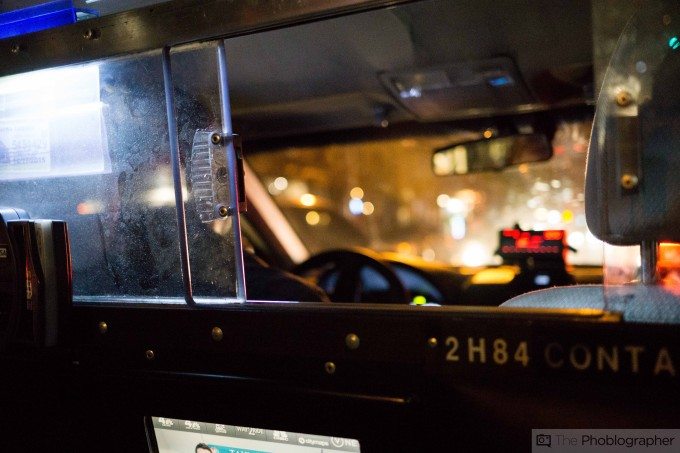
This is a brand new sensor from Sony–and when it comes to high ISO output it can deliver very clean results when looking at an image as a whole. But when you zoom in 100%, the noise structure almost resembles those of 16MP Micro Four Thirds sensors. This isn’t terrible either, but we expect more from Sony and APS-C sensor output at this point.
For what it’s worth, the aging Fujifilm X Pro 1 with its APS-C 16MP X Trans sensor inches its way ahead to outdo many other APS-C sensors out there.
RAW File Versatility


Despite our quibbles with the high iso output that are incredibly minor in real life use, it’s worth noting that the RAW file versatility can hold its own with many full frame cameras. In fact, the highlights could have been pulled even more and still would have given very clean details. But we liked our edit instead.
What’s even more amazing is that the color detail doesn’t start to break up very much either.
Extra Image Samples
Conclusions
Likes
– Great image quality
– Super fast focusing
– Wifi connectivity
– Pretty quiet shutter
– The best autofocusing system that we’ve seen in many ways.
Dislikes
– Battery life drains very quickly
– We wish that there were a thumb joystick incorporated into the design to make choosing focusing points faster.
The Sony A6000 hands down has what could arguably be called the best autofocusing system out there. While it isn’t the fastest, it by far is the smartest and the most responsive–putting some DSLRs to shame in our tests for sure. Granted, Sony did this with an APS-C sensor and have yet to do this with a full frame sensor. If that doesn’t bother you, then you’ll have an autofocusing beast in the palm of your hand.
For the old school folks who like to use the center focusing point and recompose, you’ll totally fall in love with this camera.
Beyond this, it retains many of the great ergonomics of the NEX 6 while giving a bump in the megapixels. At the lower ISOs, you’ll get some absolutely beautiful images with excellent resolution. Even at the higher ISOs you won’t be getting such bad results–but a very good argument can also be made that Sony put too many megapixels on the sensor or the processor just isn’t powerful enough to deal with the extra noise from an APS-C 24MP sensor.
Those megapixels and the design of the sensor give you tons of dynamic range and loads of color latitude. So you won’t ever have a problem with those.
To take the most advantage of this camera, we recommend pairing it with one of the best APS-C E mount lenses. Anything less would be a total waste of your money.
As an owner of the NEX 6 though, I personally find myself tempted to upgrade. But the NEX 6 is just such a damned good camera and with 16MP and better high ISO output, I’m quite content with what I have.
In the end, the Sony A6000 receives the site’s Editor’s Choice rating and a 5/5 star achievement.
The Sony A6000 typically goes for $799 at Amazon.
Recommended Cameras and Accessories
– Sony Zeiss 24mm f1.8: Our favorite lens stayed glued to this camera when we used it. It is sharp and renders a 35mm field of view–which is perfect for most of our work.
– Sony 50mm f1.8: Though it doesn’t feel so well built, this lens has to be one of the sharpest 50mms that we’ve tested in the budget range.
– Sony 18-105mm f4 OSS: If you need a single zoom lens, this is what you want. With power zoom and OSS along with compelling sharpness and jaw dropping colors, you’re not going to find much better.



